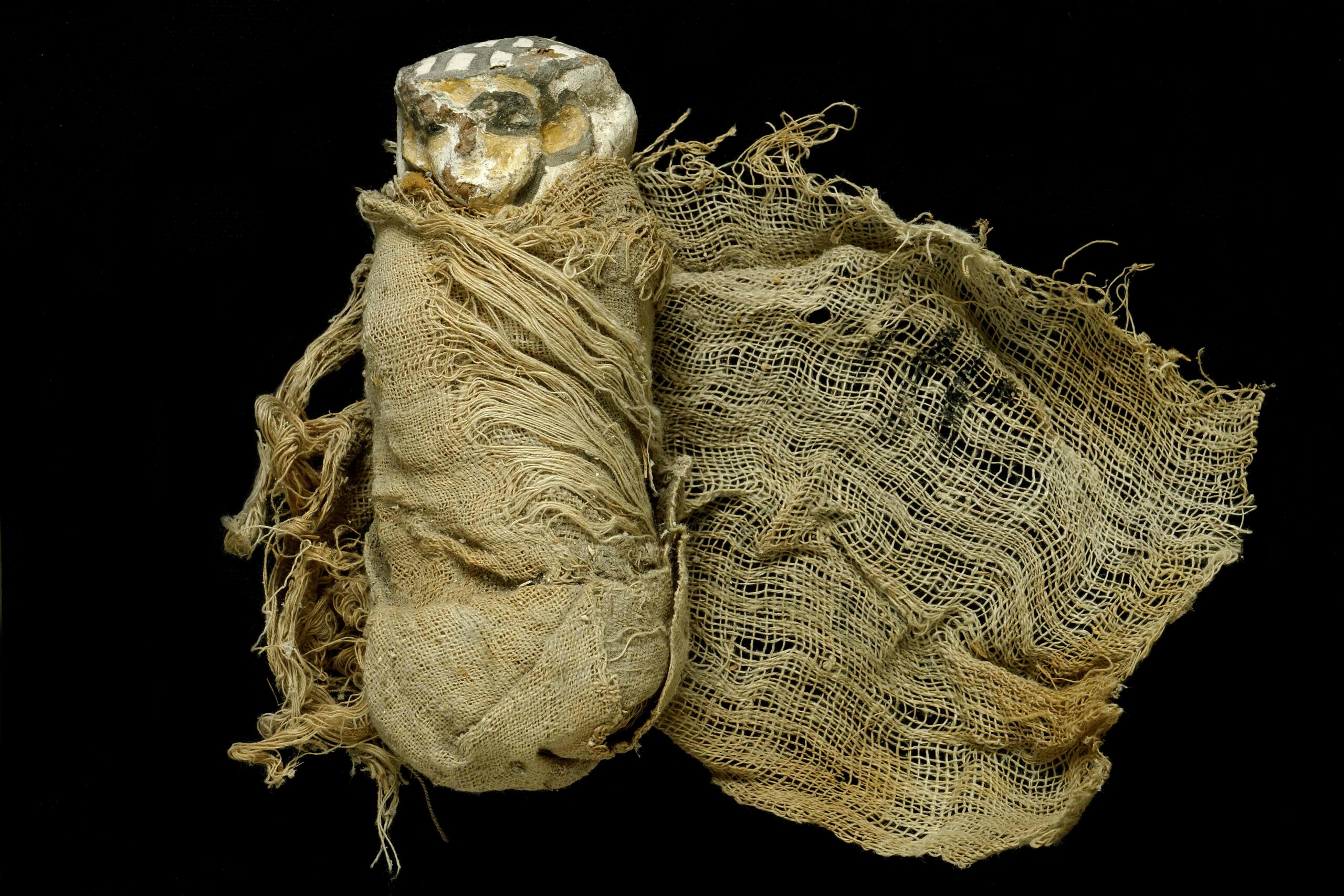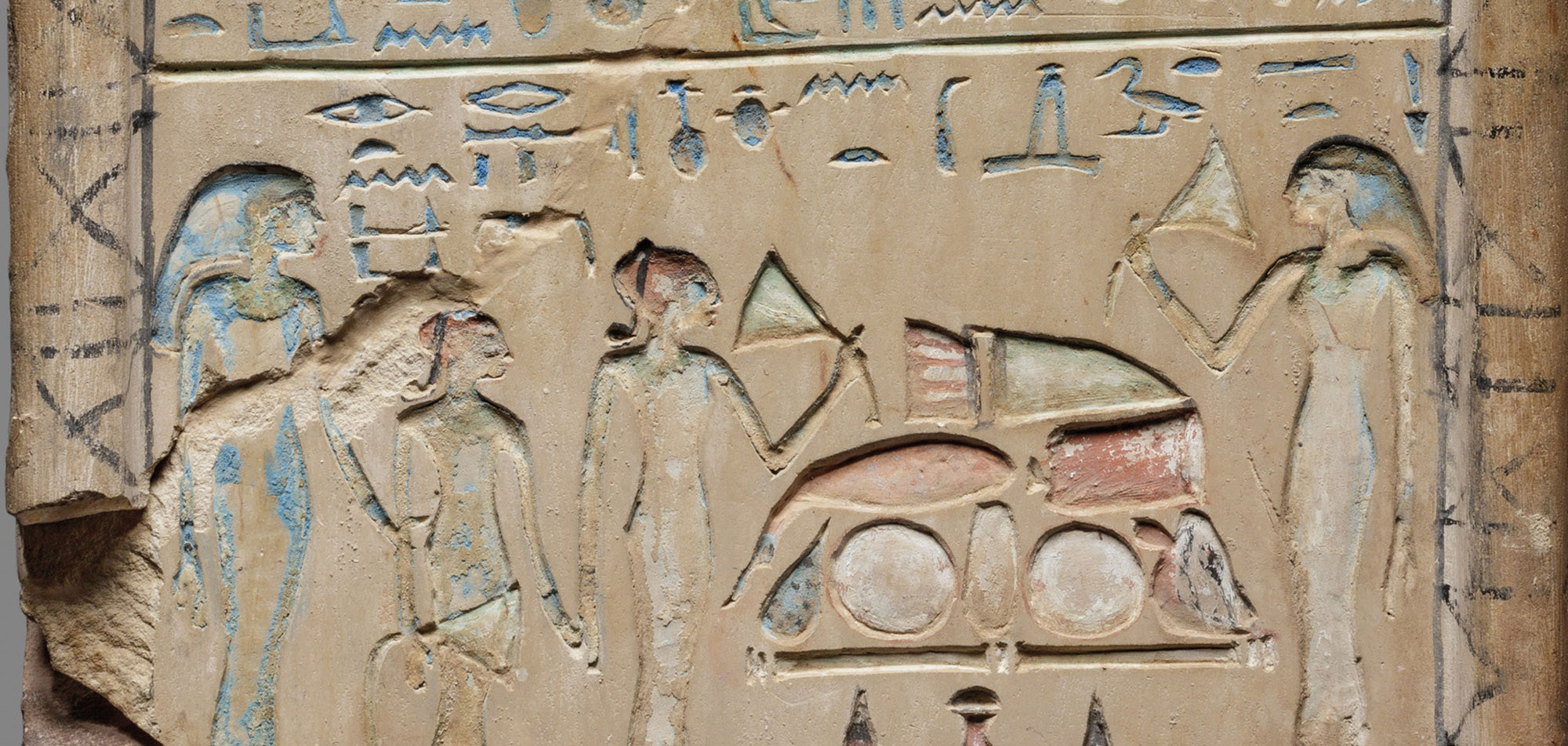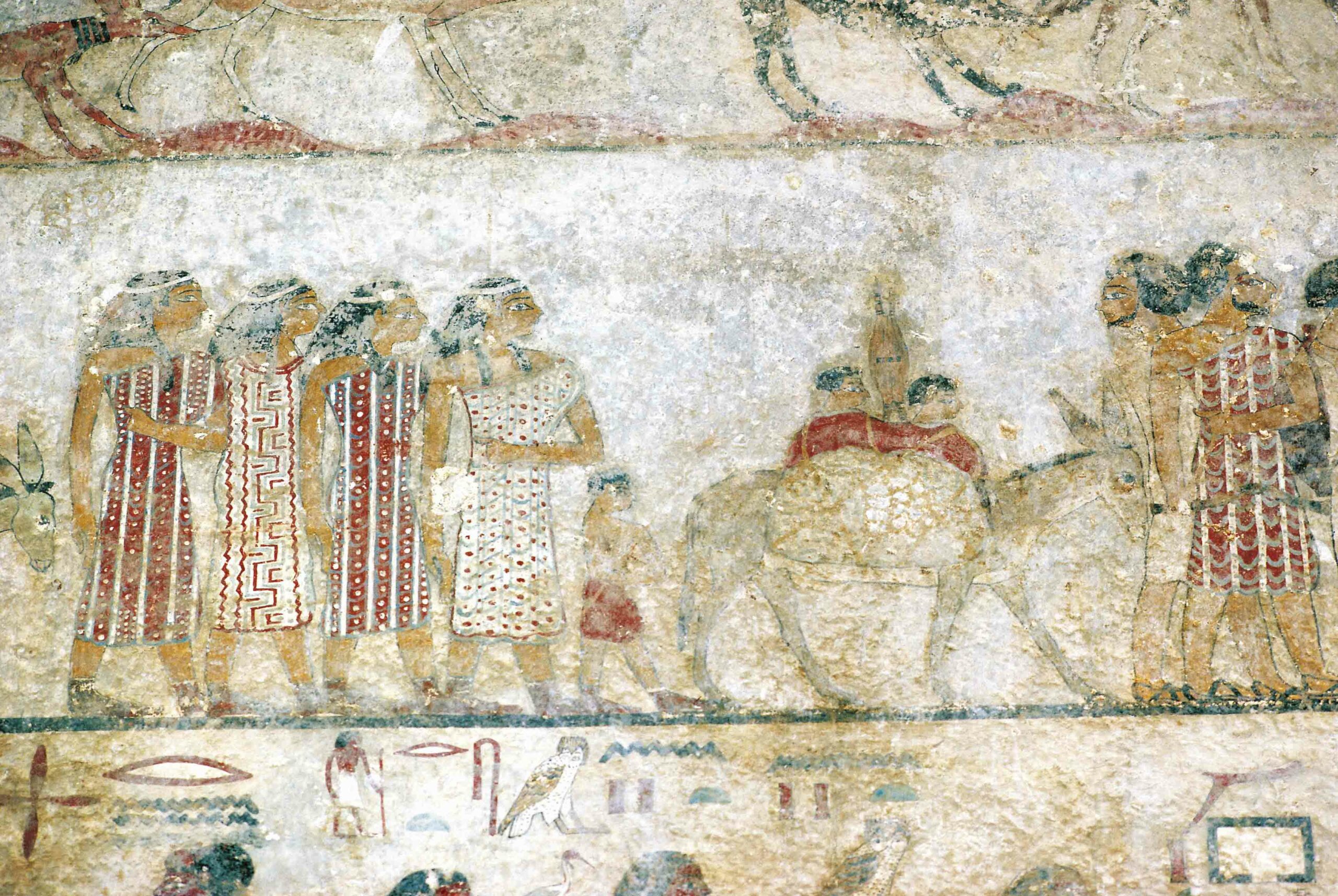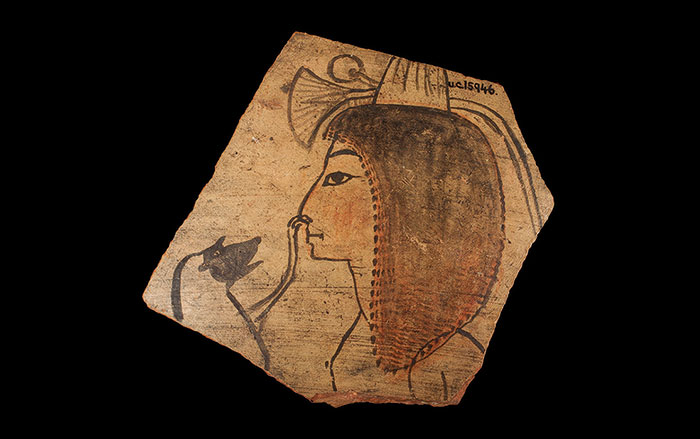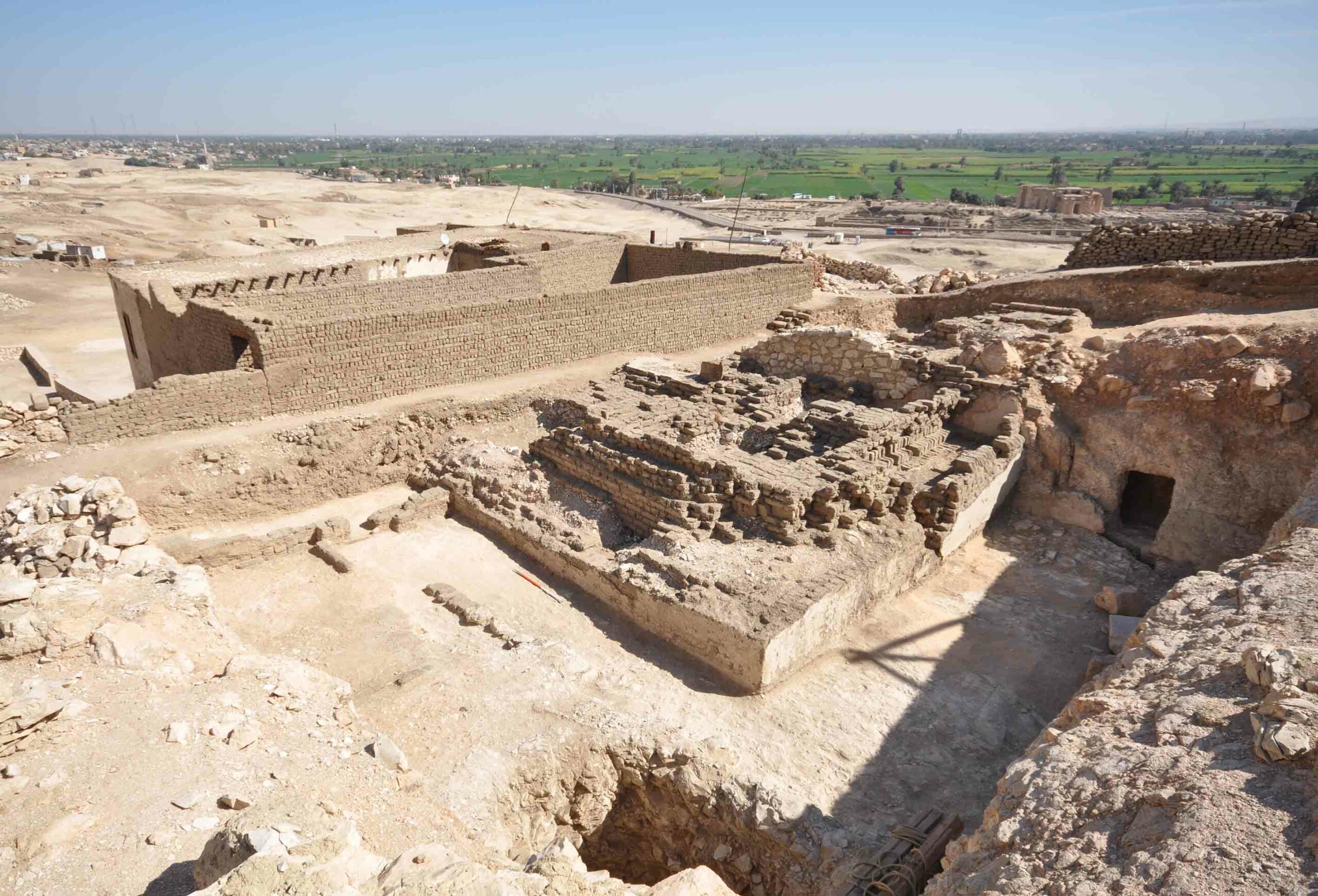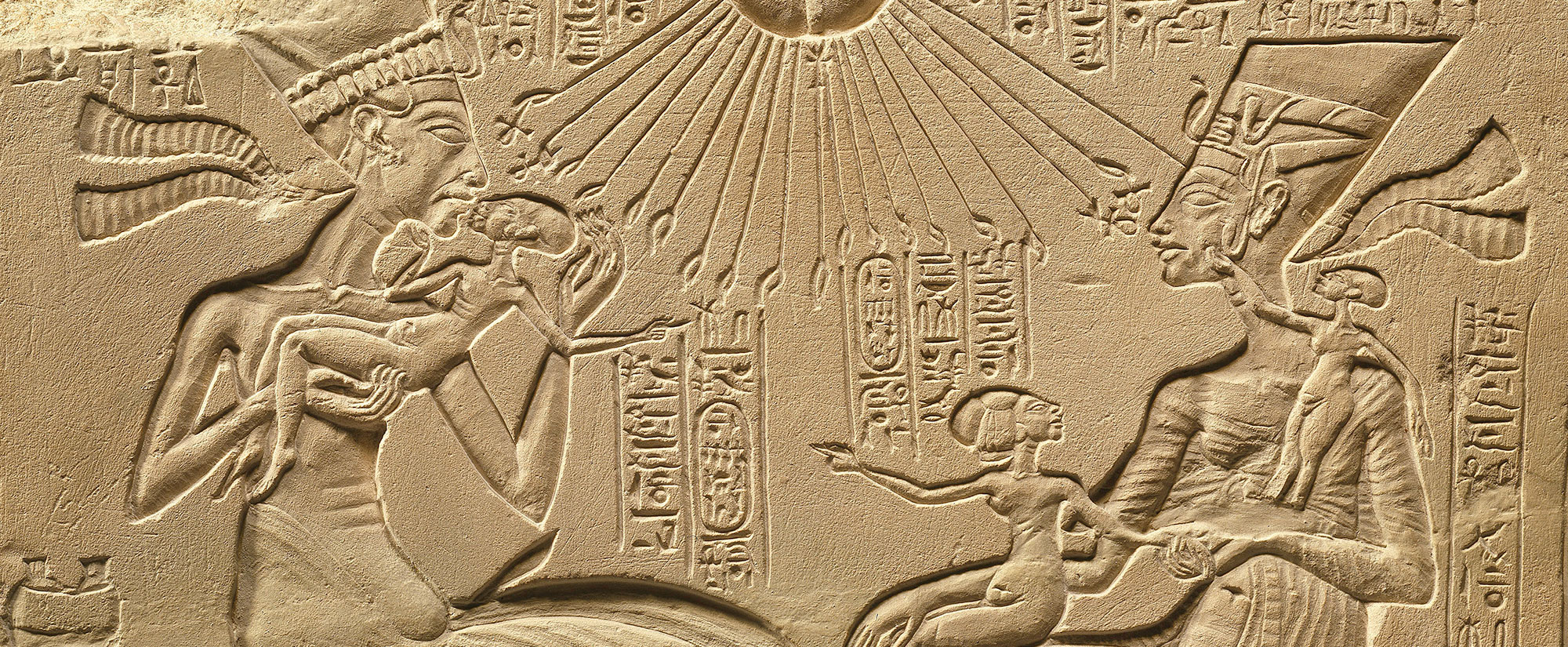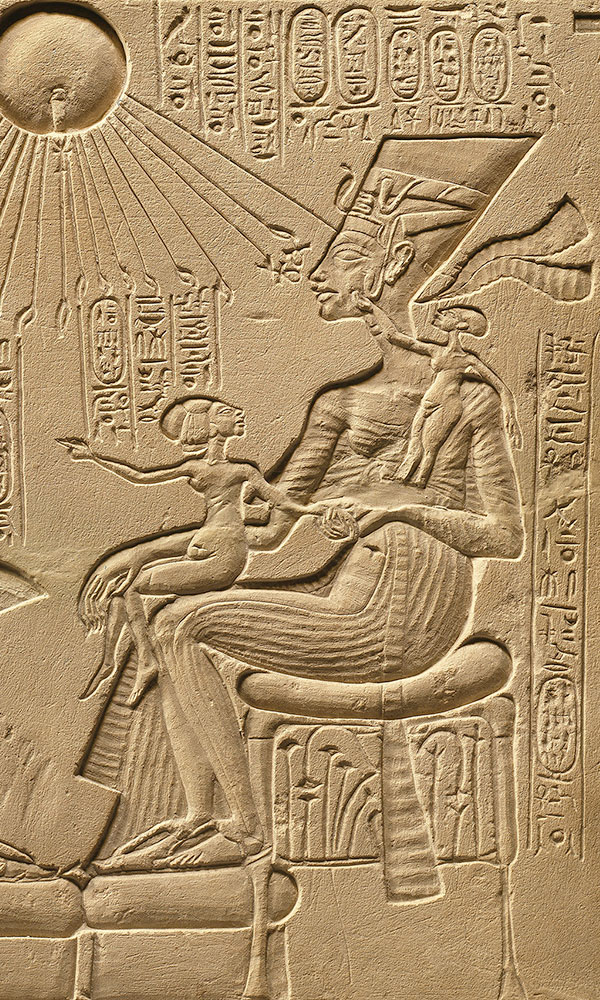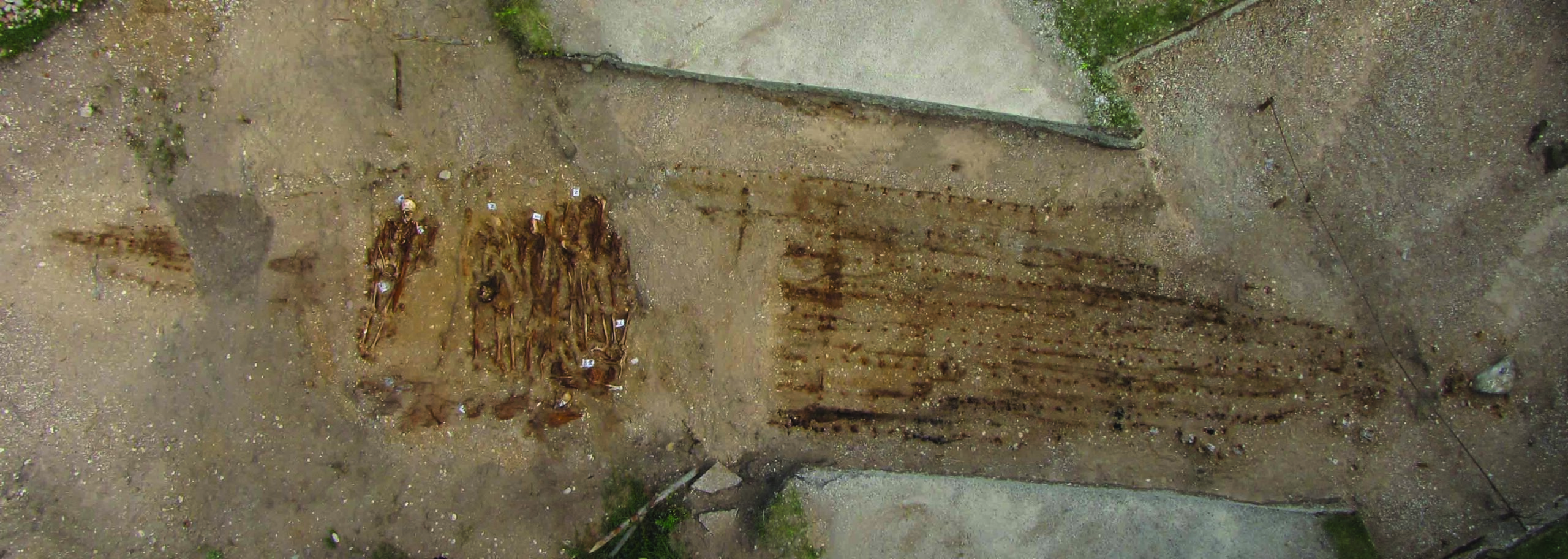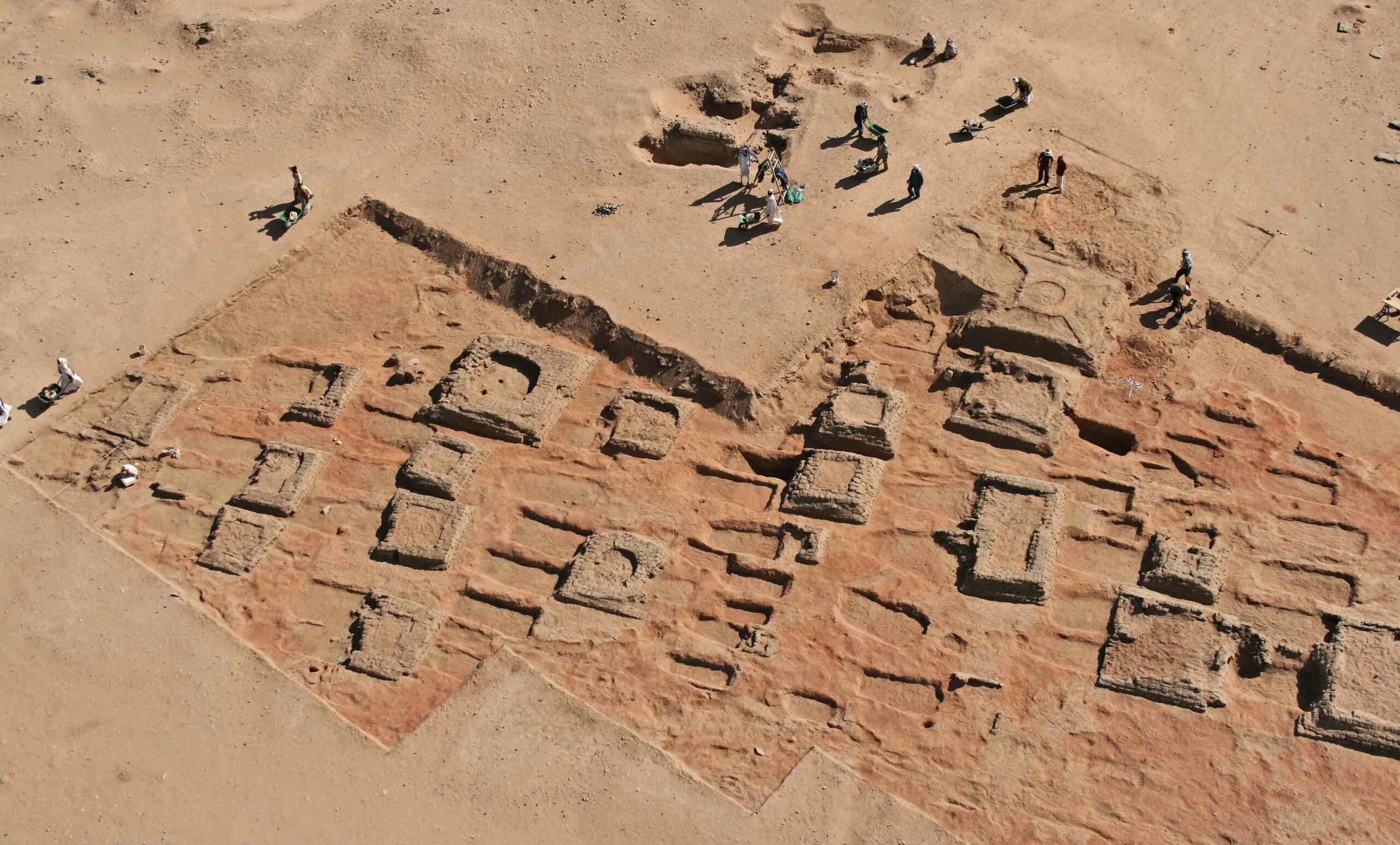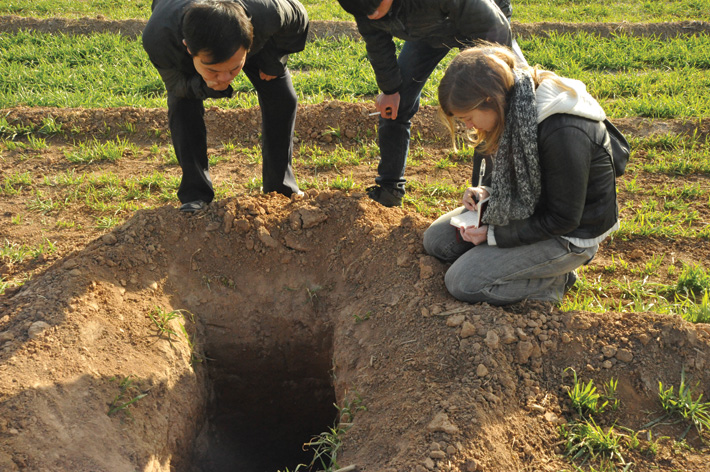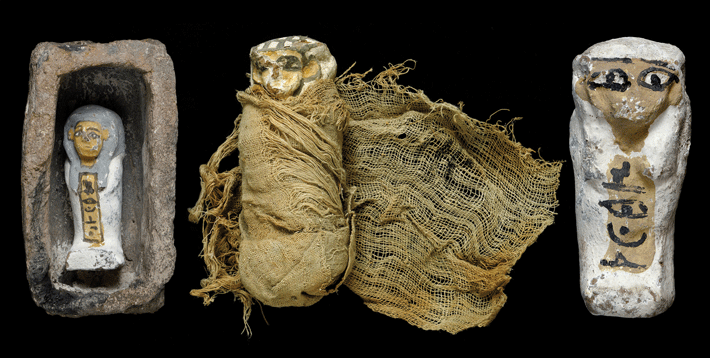
On the hill of Dra Abu el-Naga, at the northern edge of the necropolis of ancient Thebes, a team of Spanish archaeologists led by José Manuel Galán of the Institute of Mediterranean and Near Eastern Languages and Cultures has uncovered the grave of a high-level ancient Egyptian official named Ahhotep. Accompanying Ahhotep to the afterlife were three small clay figurines called shabtis. Two of the shabtis were inscribed with his name and were found inside small clay sarcophagi, while the third was wrapped in nine layers of linen, “as if it were a real mummy,” says Galán. Each layer had traces of black ink, which, under ultraviolet light, revealed the inscription: “The dignitary, spokesman of Nekhen, Ahhotep, justified.” Ahhotep was an official of the 17th Dynasty, a fascinating period of Egyptian history when the capital of the ancient kingdom was moved to Thebes and the empire extended its control over Nubia to the south and Palestine and Syria to the north.


